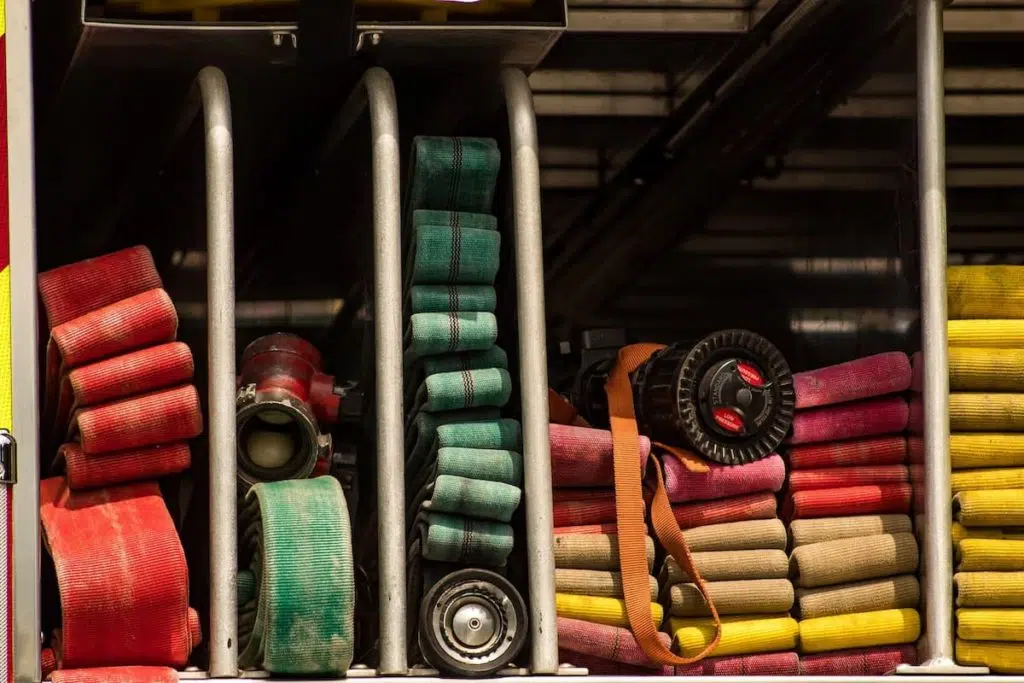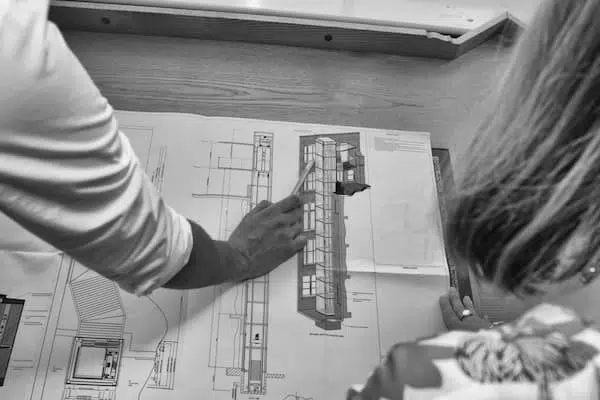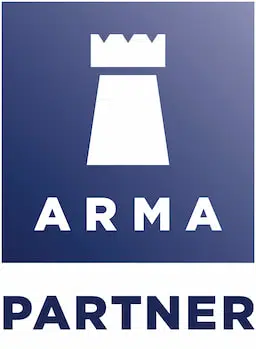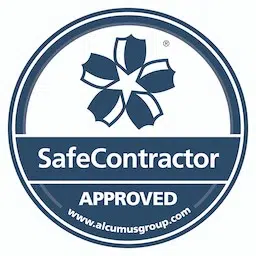
In April 2022, almost five years after the tragic fire at Grenfell Tower, the Government introduced The (new) Building Safety Act 2022. Shortly after that, The Fire Safety (England) Regulations 2022 were also introduced.
Both the Act and the Regulations aim to improve the safety of new and existing buildings to ensure that building services are designed and maintained in a safe and efficient manner, with defects being identified and remedied as quickly as possible. Both have the potential to impact on how your lifts are managed and both place additional duties and responsibilities on ‘responsible persons’ or ‘accountable persons’, ensuring that lifts used for firefighters and evacuations are correctly maintained.
Both The Building Safety Act and The Fire Safety Regulations pay particular attention to buildings deemed to be ‘high-rise residential buildings’ (Fire Safety Regulations) or ‘higher-risk buildings’ (Building Safety Act). They define these as buildings that are at least 18m in height or over seven (above ground) storeys and feature two or more domestic premises. While both relate to higher buildings in particular, the advice is equally relevant for lower rise buildings that might also feature a firefighter or evacuation lift.
According to current lift standards, a firefighters lift is a ‘lift which has protection, controls and signals which enable it to be used under the exclusive control of the firefighters’. The Building Regulations 2010 Schedule 1, Part B (5) requires that buildings ‘shall be designed and constructed so as to provide reasonable facilities to assist firefighters in the protection of life’.
Most modern lifts are designed to return to the main floor in the event of a fire alarm activation, with the control system programmed to isolate the lift from any further use until the fire alarm is reset. Firefighters lifts are designed to be overridden using a special changeover switch that allows their continued use under firefighters’ supervised control.
First introduced as an appendix to the then lift standard in 1965, the concept of a lift for use by firefighters has developed considerably as both lift technology and building design have developed. The introduction of a dedicated standard for such lifts, BS EN 81-72, in 2003, saw the replacement of the term firefighting lift with the current firefighters lift, and with it a host of new technical requirements to bring the design of firefighters lifts in line with today’s modern equipment (with further developments being made in 2015 and 2020 editions).
Modern firefighters lifts commonly include features such as back-up power supplies, specialised control systems for use by firefighters, dedicated communications systems, and water protected equipment. In 1985, a new standard was introduced as part of BS5588, covering ‘fire precautions in the design, construction and use of buildings.’
The new BS5588-5 provided a code of practice for firefighting stairs and lifts. Within the code, the terminology changed to refer to such lifts as ‘firefighting lifts’. Most of the new features within the standard were ‘recommendations’, with few absolute requirements. It is therefore completely feasible that many firefighting lifts had far fewer features than described within the standard. The recommendations include fire communications systems, dual power supplies and ceiling hatches for emergency escape.
While there is no dedicated standard for the specification of evacuation lifts, they are defined under BS9999 as a lift ‘used as part of the evacuation sequence for persons with disability and persons requiring assistance, which has appropriate structural, electrical and fire protection and is capable of being taken under control by a trained and authorised person’.
BS9999 evacuation lift recommendations state that the lift should feature a switch clearly marked ‘Evacuation Lift’ and should be located within a protected enclosure consisting of the lift well, a protected lobby, an escape route at the final exit level and protected refuges at each level. The lift should include a two-way voice communication system to provide identification of those locations where evacuees are waiting, as well as featuring an evacuation control system and an alternative power supply.
Unlike firefighters lifts, evacuation lifts are designed to be operated by a member of the building staff for evacuating occupants prior to the arrival of the fire and rescue service. While firefighters lifts can often be used for evacuation, an evacuation lift in its simplest form will generally become redundant once these services arrive.
If your building is over 18m in height and was built after the introduction of BS5588 in 1986, and possibly as far back as the late 1960s, then the chances are that it has some form of lift that is designed to be used by firefighters. Regardless of the standard to which it complies, its presence will see it fall under the new requirements laid down in The Building Safety Act and The Fire Safety Regulations.
The Fire Safety Regulations introduce new and more stringent responsibilities for ‘responsible persons’ [RP]. The Responsible Person could equate to a building owner, employer, property or building manager, or anyone responsible for the running, operation, and safety of a building.
The regulations require that the responsible person must prepare a plan for each floor of their building. The floor plans must, together, identify the location of all lifts and identify if the lift is one for use by firefighters or an evacuation lift. Note that a high-rise residential building is defined as one that is at least 18m above ground level or having at least seven storeys.
The regulations go on to state that responsible persons in relation to high-rise residential buildings must:
It should be noted that the Fire Safety Regulations discuss other key firefighting equipment within the building as well as lifts.
The most obvious interpretation of the regulation would require that these checks be carried out by the maintenance provider. This being the case, it may require a revision of maintenance contracts, as many current contracts will only allow for visits on a less frequent basis. Current contracts that are of a more basic variety may be carrying unresolved or unseen issues, where previous faults or worn components have not been addressed due to budget constraints. More immediately, the Regulation requires the identification of all existing firemans, firefighting and firefighters lifts on an RP’s portfolio.
The Building Safety Act was written to overhaul existing regulations and set out a pathway on how residential buildings will be built, maintained, and made safe. While setting out new duties and responsibilities for regulators, building owners, and accountable persons, it is very much an enabling Act, designed to lead to further, more specific regulations. It also puts in place a framework for the future establishment of industry and residential committees, tasked with providing advice and input into all matters relating to building safety.
In the case of these higher-risk buildings, the Act requires accountable persons to take ‘all reasonable steps’ to prevent a building safety risk materialising as regarding the part of the building for which they are responsible. Where such a risk does materialise, they must reduce the severity of any resulting incident. This ties in with those clauses from The Fire Safety Regulations in that the materialising of a building safety risk could be the result of a failure of the firefighters lift. And though that failure could be a one-off occurrence, it could equally be the consequence of historical underinvestment.
The requirement for record keeping has been in place for some time through other legislation such as the Lift Regulations, LOLER and the Provision and Use of Work Equipment Regulations (PUWER). The Building Safety Act now attaches the responsibility for retaining the documentation to the accountable person and makes it a criminal offence if the information cannot be provided when requested by an ‘authorised officer’. The new Act reiterates the requirement for the accountable person for a high-rise building to ‘keep prescribed information up to date’, keeping ‘copies of prescribed documents in accordance with prescribed standards’.
The Building Safety Act will facilitate the introduction of further legislation that deals more specifically with each element of the building safety. However, in the meantime we would recommend that responsible/accountable persons:
Full implementation of The Fire Safety Regulations takes place on Monday 23 January 2023. By then responsible or accountable persons should have identified any firefighters or evacuation lifts within their buildings, moved these lifts onto a monthly inspection / maintenance regime and correlated maintenance and inspection records together with other key certification.
If you have concerns regarding the implementation of the Act and Regulations, contact us at ILECS and we can advise on the steps you can take to ensure you remain compliant.






A Mackman Group collaboration - market research by Mackman Research | website design by Mackman